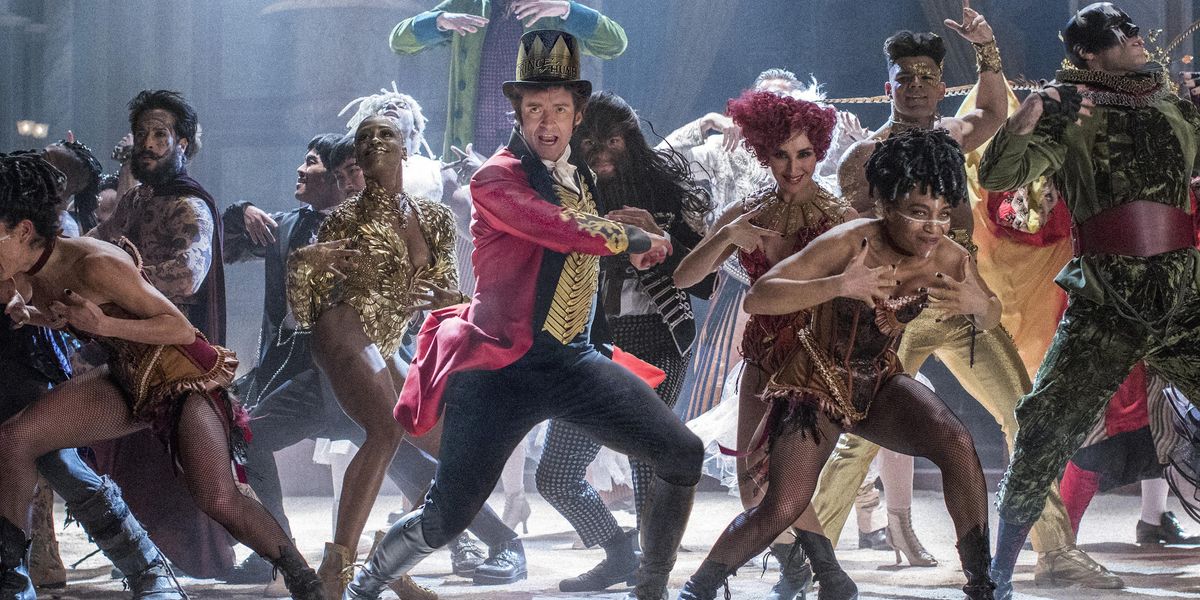Why Do Commercial Choreographers Still Not Get the Credit They Deserve?
When I was pregnant with my now-2-year-old daughter, I went through a pretty obsessive movie-musical phase. I vividly remember curling up at the Regal Battery Park theater in downtown Manhattan for Mamma Mia! Here We Go Again. I laughed, I cried, and by the time the cast broke into “Dancing Queen,” I found myself doing that thing you’re really not supposed to do in a dark movie theater: pulling out my phone. I needed to know who choreographed all those amazing moves.
I brought up IMDb and clicked “See full cast.” Scrolling past the directing credits, the writing credits, the names of all 197 (!) ensemble members, I bypassed the producers, the cinematographer, the casting directors and the production designers. Past set designers, costume designers, makeup artists and hundreds of members of the art, sound and special effects teams.
Finally, after the stunt performers, location managers and transportation teams, in the very last category (“Other crew”), I found choreographer Anthony Van Laast. In a film where nearly all of the 16 musical numbers are accompanied by massive, intricately choreographed dance performances, his name was almost impossible to find.
It’s no secret in the commercial dance industry that the people making the moves rarely get the credit they deserve. At the Emmy Awards, the Outstanding Choreography Award is presented at a separate ceremony—not at the celebrated primetime event. On Broadway, there’s a Tony Award for Best Choreography, but the presentation of the nominees and the winner happens during a commercial break. And despite massive fanfare surrounding glitzy films like La La Land (choreographed by Mandy Moore), The Greatest Showman (Ashley Wallen) and Cats (Andy Blankenbuehler), there’s still no Academy Award for Best Choreography.
What would La La Land have been without all those dreamy dance scenes between Ryan Gosling and Emma Stone? Imagine Keala Settle belting out “This Is Me” in The Greatest Showman without an ensemble marching and stomping in unison behind her. And Cats, despite less-than-stellar reviews, was a choreographic masterpiece, incorporating classical ballet, sassy jazz and Skimbleshanks the Railway Cat furiously tap dancing his way across railroad tracks. Those moves don’t just happen. They’re expertly crafted by a choreographer. A choreographer whose name deserves to be heard, highlighted and awarded.
Growing up in the MTV “Making the Video” era, I loved that behind-the-scenes look at my favorite music videos. We got to see how the magic was made. How the moves were made. Choreographers—like Wade Robson, Tina Landon, Fatima Robinson and Jeri Slaughter—were often front and center and celebrated.
Today, though, choreographers are rarely even mentioned in the YouTube descriptions for music videos. On Wikipedia, you’ll be hard-pressed to find music video choreographer credits (enjoy 20 paragraphs about Beyoncé’s “Single Ladies” before you’ll find choreographer JaQuel Knight’s name). And on YouTube, everyday people get hundreds of thousands of views for offering choreography “tutorials” for classic videos like Lady Gaga’s “Bad Romance,” without ever crediting the actual choreographer. (It’s Richy Jackson.)
Fortunately, some artists, dancers and even brands are doing a great job crediting choreographers. When Justin Bieber’s Purpose album dropped, the Purpose: The Movement visual album came with it: 13 music videos and vignettes directed by Parris Goebel, featuring big names like Keone and Mari Madrid, Taja Riley and Emma Portner, who are all credited in the YouTube descriptions. Bieber consistently acknowledges his creative team and choreographers. When HAIM’s “Want You Back” video—which has more than 30 million views—came out in 2017, the fourth line in the video’s description credited choreographers “Ian Eastwood, Haim & Francis and the Lights.”
Then, of course, there are shows like “So You Think You Can Dance,” which give the choreographers so much screen time that it helps them rise to superstardom. Tabitha and Napoleon D’umo, Tyce Diorio and Mia Michaels were all well-known within the industry long before “SYTYCD,” but the show made them household names. And while some awards shows fall short, the MTV Video Music Awards have featured a Best Choreography in a Video award—presented during the broadcast—since 1984.
If there’s one thing the industry can do moving forward, it’s to #BeLikeBieber—at least when it comes to properly acknowledging choreographers. As for individuals: The next time you share a music video, a clip from a recent performance or a TikTok dance, tag the original choreographer. Put their name in the credits and the descriptions and the mentions. Do that, over and over. Publicly. Loudly. With enthusiasm and gratitude.




